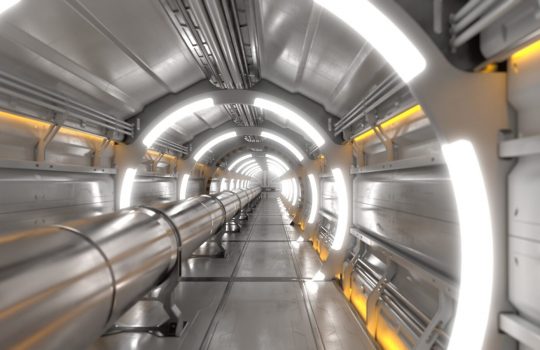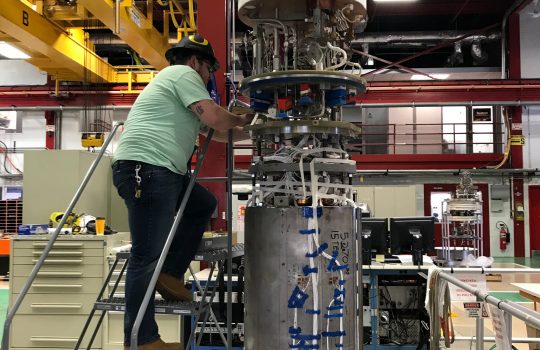Plotting the future course of US particle physics
From Physics World, Jan. 24, 2023
The P5 panel’s recent recommendation of “our muon shot”, states that a muon accelerator program would fit with the U.S.’s ambition to host a major international collider facility. With the development, it would probe an understanding of the fundamental nature of the universe and offer substantial benefits when it comes to training the next generation of scientists.


